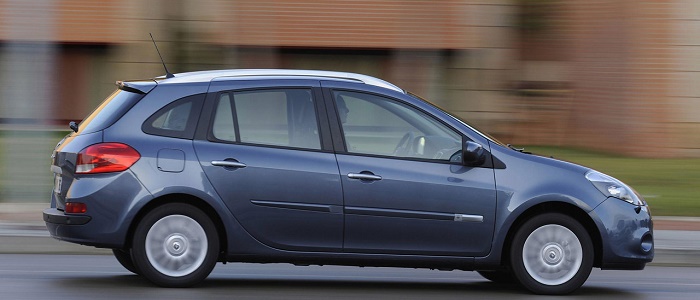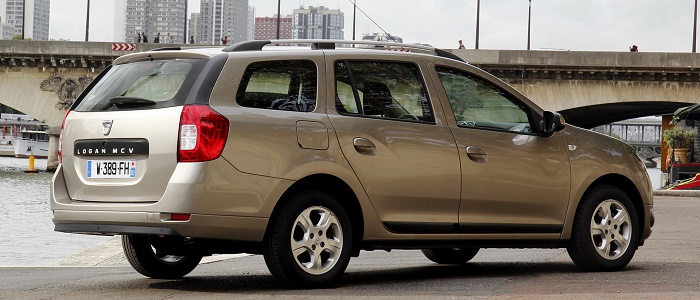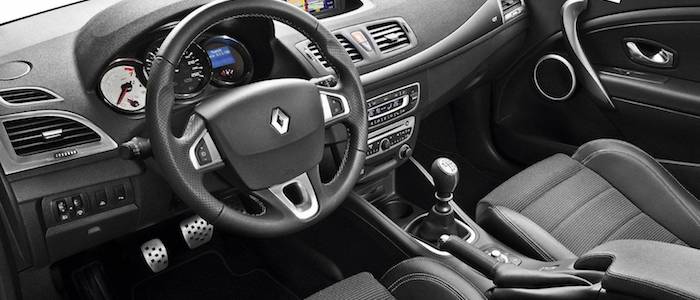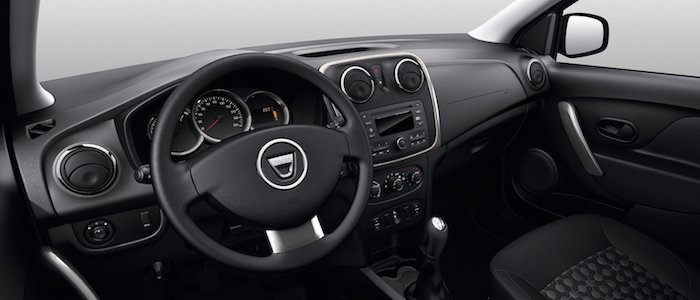Compare two cars
Compare any two cars and get our Virtual Adviser™ opinion
Dimensons & Outlines
Check vehicle history
Engine
Performance (manual gearbox)
Performance (automatic gearbox)
Expenses
Virtual Adviser's™ opinion
We are here considering two somewhat similar cars, but we can't deny some of the obvious differences. For a start, they are not even classified under the same segment, with the Renault being a city car and the Dacia representing small family car vehicle class. Both the engines are Renault-engineered . The first one has a 4-cylinder, 8-valves 86hp unit, while the other one gets its power and torque from a 4-cylinder, 8-valves 90hp one.
SafetyBoth vehicles got tested by European New Car Assessment Programme (Euro NCAP), with the Renault displaying significantly better structural stability. Still, apart from the official crash test results there are other things we need to be aware of. The second vehicle is a small family car and that gives it a marginal advantage over the city car competitor, at least that's what statistics show. On the other hand, when it comes to weight, a factor that most people underestimate, the French car offers a marginal difference of 7% more metal.
ReliabilityReliability is not the best thing to consider on the make level, but it is worth mentioning that Renault does have a slight advantage, at least on all of the models level. These are the official statistics, while our visitors describe reliability of Renault with an average rating of 4.2, and models under the Dacia badge with 4.1 out of 5. Independent research findings rank Clio as average reliability-wise, and Logan is more or less at the same level.Above it all, drivers of cars with the same engine as the French car rank it on average as 4.3, while the one under the competitor's bonnet gets 4.5 out of 5.
Performance & Fuel economyDacia is undoubtly more agile, reaching 100km/h in 1.3 seconds less than its competitor. Still, it lacks the power to win the top speed competition, topping at 172 kilometers per hour, 2km/h less than the other car. When it comes to fuel economy the winner has to be the Romanian car, averaging around 3.8 liters of fuel per 100 kilometers (74 mpg), in combined cycle. We can't ignore that 24% difference compared to the French car.
Verdict
Renault appears just a bit more reliable, although the difference is truly marginal. The most important thing when deciding between any two vehicles should always be safety, both passive and active. In my opinion, everything taken into account, the French car beats the other contender by far, making it the best choice without even considering other things. From there things take a different direction, with Dacia offering somewhat better performance, just enough to call it quicker. To make things even better, it consumps less fuel! It's really tough to make a final decision here, but if I'd need to, I'd say Dacia. Anyway, that's the most objective conclusion I could've came up with and it's based solely on the information found on this website. Aspects such as design, practicality, brand value and driving experience are there for you to measure them out. In case you have two minutes to spare I invite you to define your needs, desires and budget and see which car would be chosen by the virtual adviser™, among thousands of similar, yet so different vehicles.
Related articles
A year ago I payed Mercedes dealership a visit, not in order to buy one, but rather to personally check an information coming from the Sci-Fi domain. Apparently, under the hood of A and B class, in their 160 & 180 CDI versions, there's a Renault 1.5 dCi...

































